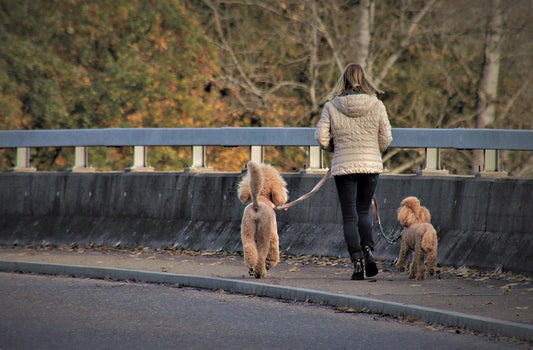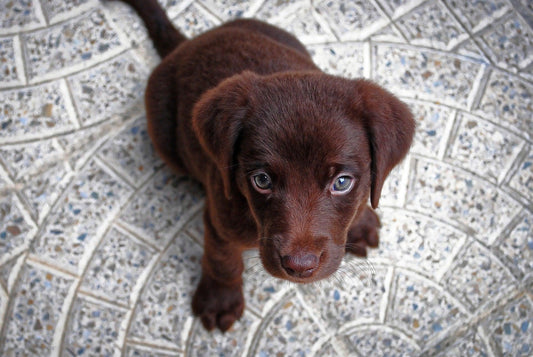History
The Griffon belge is a breed of dog that originated in Belgium, where the breed was first bred in the 19th century. The Griffon belge originated from crosses between different terrier breeds, including the Brussels Griffon and the Affenpinscher. This resulted in a dog with a unique appearance and character.
The Griffon belge quickly became popular in Europe, and was mainly used as a companion dog for aristocratic families. Today, the Griffon Belge is still a beloved breed, mainly because of its playful and affectionate nature.
Character
The Griffon belge is known for its lively and curious disposition. These dogs are very social and bond strongly with their owners. They are also highly intelligent and easy to train, making them great companion dogs for families with children.
Although the Griffon belge likes to play and exercise, he also needs his rest. These dogs can be stubborn at times and need consistent training to prevent them from becoming too dominant. Overall, however, they are wonderful pets that get along well with other pets and people.
Health
Like all dog breeds, Griffon belges can be prone to certain health problems. A common condition in this breed is patellar luxation, which can cause the kneecap to dislocate. They can also suffer from breathing problems because of their short snout.
It is therefore important to visit the vet on a regular basis and to ensure that your Griffon belge gets a healthy diet and plenty of exercise to stay healthy.
Care
The coat of the Griffon belge is rough and dense, requiring regular maintenance. It is important to brush the coat to prevent tangles and to keep the skin and coat in good condition. Also, the nails should be trimmed regularly and the ears cleaned to prevent infections.
In addition, it is important to give your Griffon belge sufficient exercise and mental stimulation. These dogs are energetic and love to play, run and walk. They also need interaction with their owners and do not tolerate long periods of loneliness.




